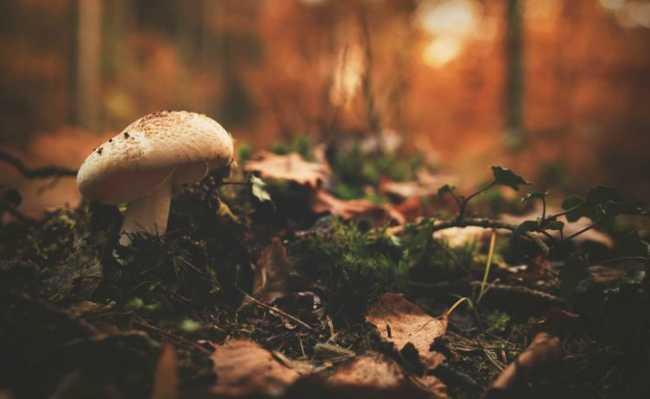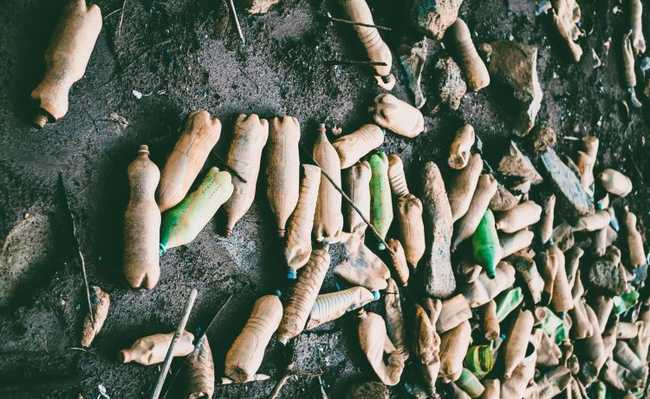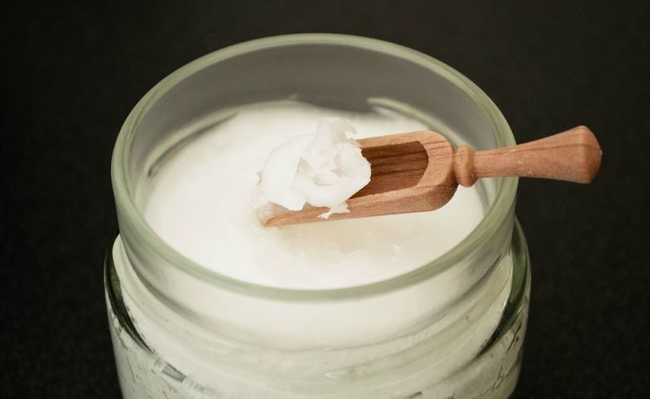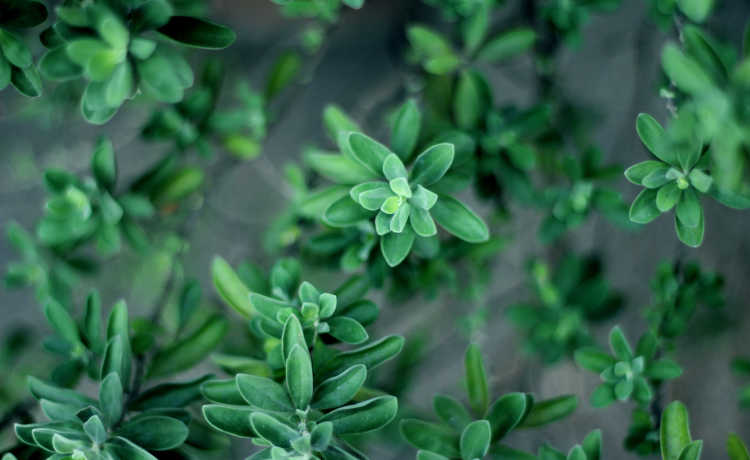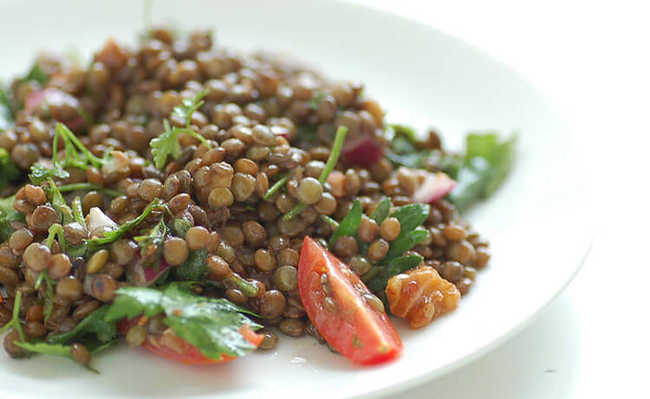Pancs: unconventional food plants
To have a more sustainable diet, include Pancs in your daily meals

Edited and resized image by Rodion Kutsaev is available on Unsplash
Pancs are nothing more than unconventional food plants. The acronym is quite self-explanatory... Pancs are plants that we do not consume as a form of food simply due to lack of habit or knowledge. It also contributes to the fact that they are not easily found in markets and are generally considered "bush", "weeds" or "invasive" because some of them are ruderal, that is, they grow spontaneously with plants we grow or in pots and sidewalks. By throwing them away, we are missing the opportunity to consume foods with a high nutritional value due to lack of information.
- Learn how to make natural insecticide and pest control
But things were not always like this, in the past, unconventional food plants were consumed, but with the lack of contact with nature that life in the city provided from the 20th century onwards, these foods began to be forgotten. It is estimated that the number of plants consumed by humanity has dropped from 10,000 to 170 in the last hundred years. In Brazil alone, there is an enormous biodiversity to be researched that has this potential - it is estimated that the country has around ten thousand plants with potential for food use.
- What is biodiversity?
To give you an idea, the arugula we consume today was considered a weed not long ago. Plants that are underutilized, such as the banana tree, are also considered Pancs - in addition to the fruits, the mango trees (hearts or navels) can be used but end up wasted.
Start including Pancs in your feed. These plants can be used in various recipes. Don't forget after composting any leftover food to contribute to the environment.
In general, pancs are nutritious and accessible alternative foods, with great potential in combating malnutrition in the low-income population. However, it is worth remembering that there is no single food alone that is capable of fighting hunger and malnutrition. For this, it is necessary to provide access to a varied diet, with few processed foods.
Check out some examples of Pancs
Begonia

Edited and resized image of Grisélidis G, is available on Pixabay
Its flowers can be eaten raw in salads. They also go well with jellies and mousses.
Dandelion

Edited and resized image by Gerson Rodriguez is available on Pixabay
Dandelion is rich in phytonutrients. It has vitamins A and C, and the flowers and leaves can be consumed. Roasted roots can also make a drink that resembles the taste of coffee. Learn more about it in the article: "Dandelion: plant is edible and brings health benefits".
Vinasser (Hibiscus)

Edited and resized image by Nando1462 - Fernando Santos Cunha Filho is licensed under CC BY-SA 3.0
Also called sour weevil, sorrel, sour okra, pink okra, red okra, roselia and vinaigrette, the vinaigrette has edible parts such as young eyes and tips of branches, as well as the flower and seeds. It can be eaten raw, braised or cooked.
Milkweed

Edited and resized image by Alvesgaspar, Sonchus, is licensed under CC BY-SA 3.0
Millet is a source of vitamins A, D and E and can be used in salads - its flavor is similar to that of spinach.
Araçá-do-campo

Edited and resized image by RubensL is available on Wikimedia Commons
From the guava family, the fruit has vitamin A, B and C, antioxidants, carbohydrates and proteins.
Ora-pro-nobis

Edited and resized image by Sther Burmann is available on Wikimedia and licensed under CC BY-SA 4.0
The leaves of the ora-pro-nóbis, which can be eaten raw or cooked, have a high content of protein and fiber, in addition to having iron and magnesium. Learn more about it in the article: "Ora-pro-nóbis: what it is for, benefits and recipes".
fish from the garden

Edited and resized image from Plenuska is available on Wikimedia and licensed under CC BY-SA 4.0
The little fish, also called peixinho-da-garta, small lambari-de-folha, rabbit-ear and hare-ear, is a Panc with a scientific name. Byzantine Stachys. It is native to Turkey, Armenia and Iran and is easily found in temperate regions as an ornamental plant. In the scientific area, it can also be found by the synonyms of Stachys lanata or Olympic Stachys.
The fish from the garden is very well fried, breaded or breaded. But before consumption, it must be thoroughly sanitized, as the velvety characteristic of its leaves makes it trap some soil impurities. After washing it, dry it to prepare recipes or store it in cloth bags in the refrigerator. Learn more about this Panc in the article: "Peixinho da horta: an unconventional food plant".
pumpkin flower

Pumpkin flower. Edited and resized image of net_efekt, is available on Wikimedia and licensed under CC BY-SA 2.0
The pumpkin flower of the species Cucurbita pepo it is edible and good for your health. It is a popular ingredient in Italian cuisine, but in Brazil it is a Panc. Although it is also called zucchini flower, it is a plant native to Mesoamerica, with a mild and slightly sweet flavor. To learn about the benefits and a recipe with zucchini blossom, take a look at the article: "Pumpkin blossom is edible and is good for you".



